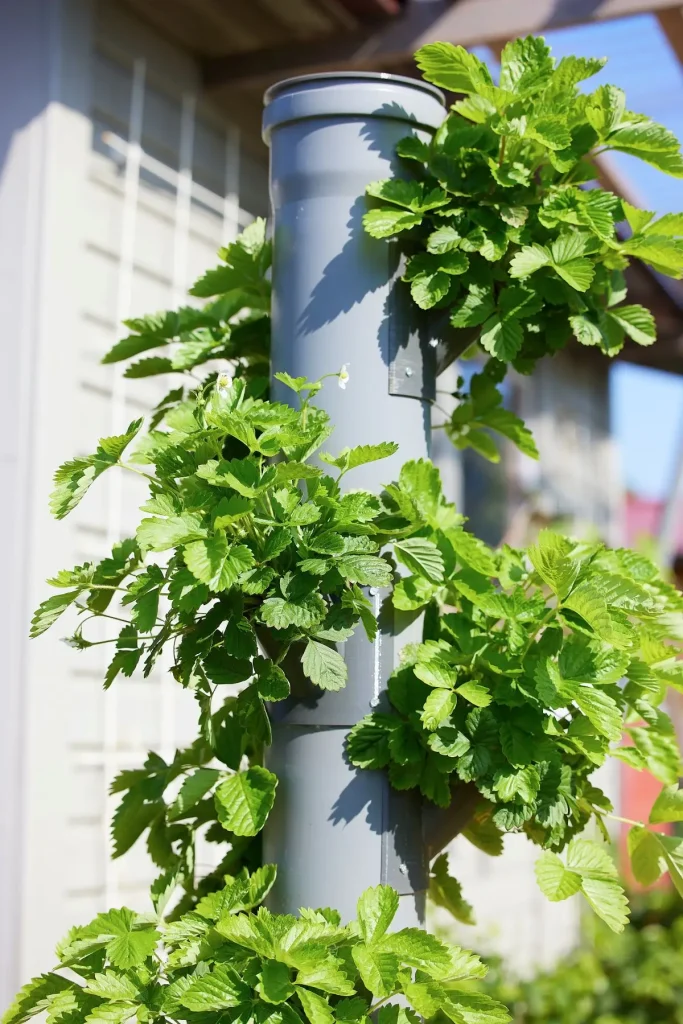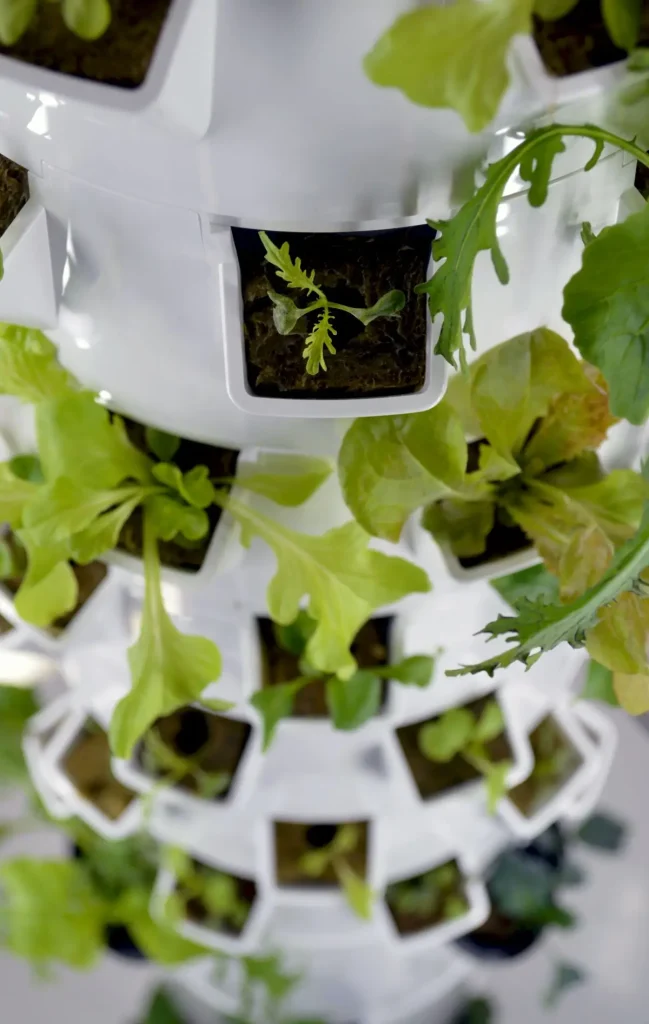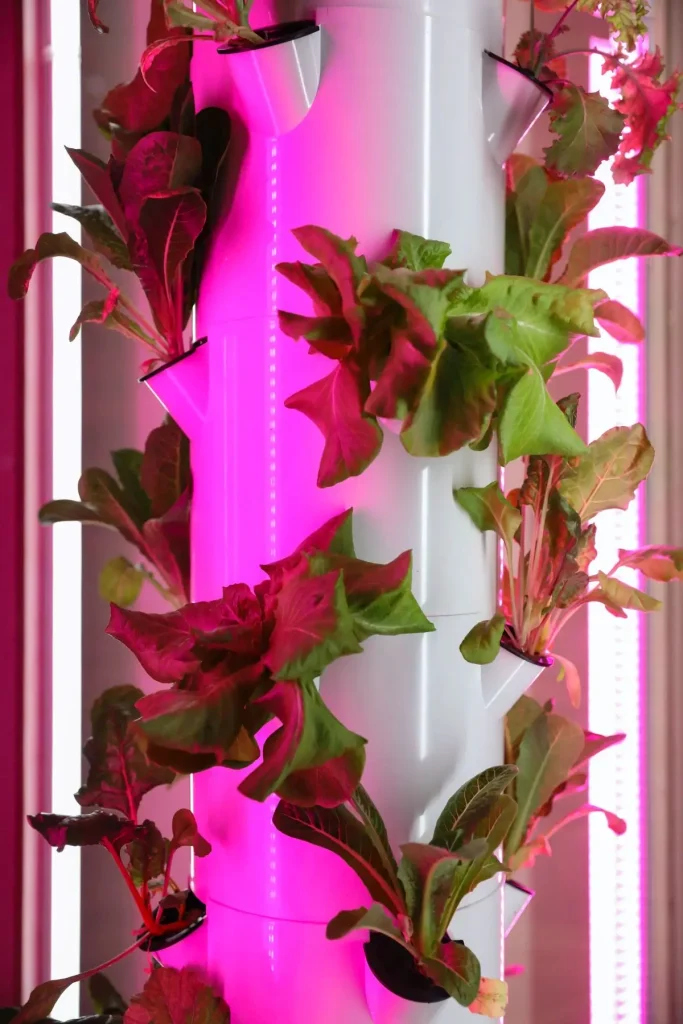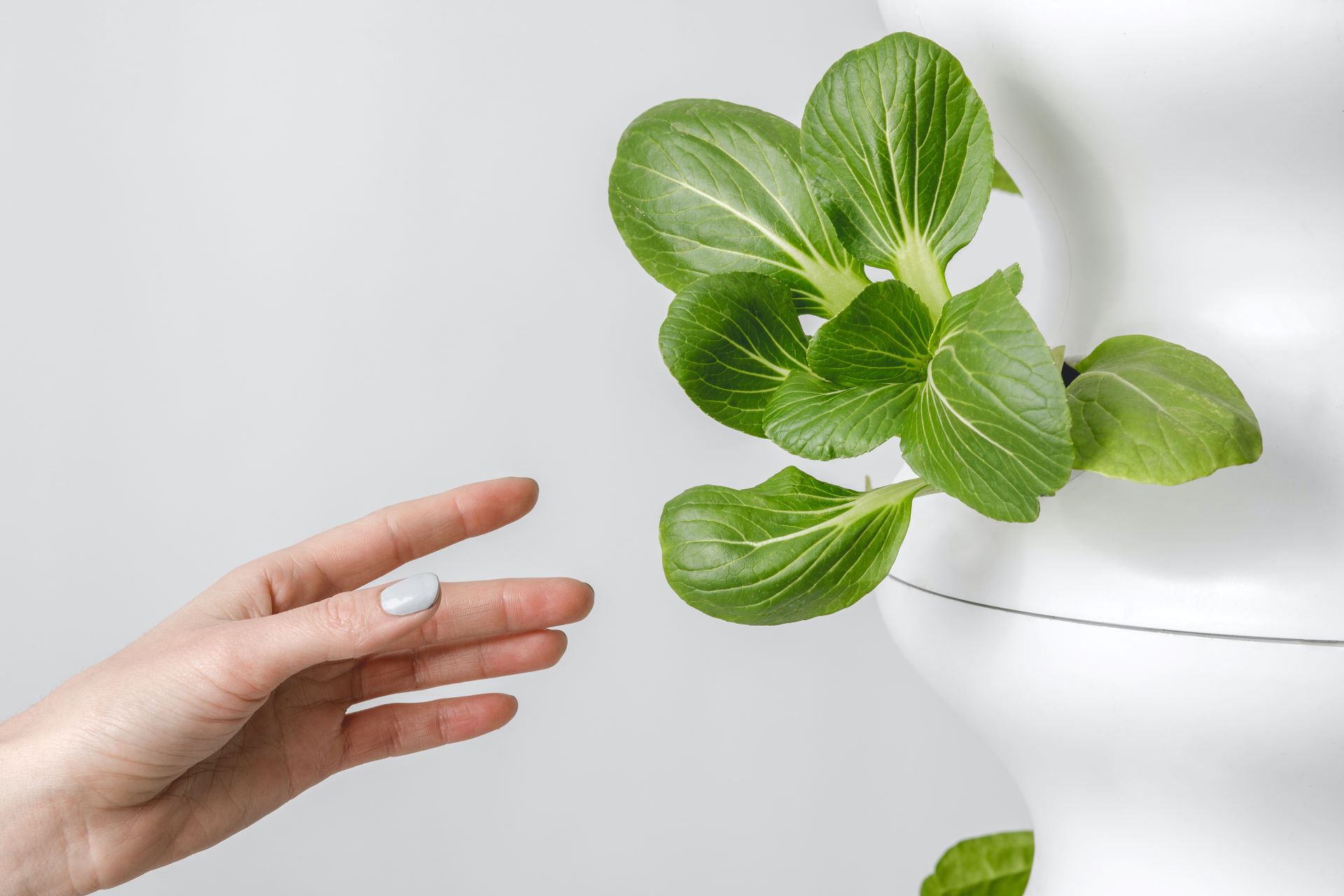The soilless gardening technique known as hydroponics has evolved into the contemporary marvel known as the vertical garden. Hydroponics, which has its roots in the Hanging Gardens of Babylon, has developed to meet modern agricultural issues. It uses nutrient-rich water solutions to grow plants without soil, saving water and removing the requirement for large amounts of arable land. Imagine how this invention might improve the Bacoor house and lot for sale.
These vertical gardens, growing up walls and other structures, represent the perfect marriage of technology and environment, promoting environmental preservation and food security. Beyond its aesthetic appeal, the vertical garden promotes a peaceful coexistence between urban growth and ecological well-being by acting as a green beacon for responsible living. Hydroponics, embodied by the vertical garden, is essentially a paradigm shift in agriculture, signifying our dedication to sustainable living and providing a revolutionary concept for those looking to purchase a Bacoor house and lot for sale.
What Is Hydroponic?
Modern plant cultivation techniques like hydroponics reinvent agriculture by taking soil out of the picture. This novel method gives plants the necessary nutrients directly through a nutrient-rich water solution, giving growers exact control over the conditions in which their plants flourish. The water is a key element to this system which greatly contributes so that the invention will work as intended. Hydroponics reduces environmental constraints by avoiding soil and provides unmatched efficiency and quicker growth rates. Although the technique originated in the Hanging Gardens of Babylon, it has since undergone substantial development and is now used in both commercial and residential locations.

Deep water culture and nutrient film techniques are two examples of hydroponic systems that are tailored to meet the needs of individual plants. Not only does the lack of soil preserve water, but it also lowers the possibility of soil-borne illnesses, leading to healthier crops. Hydroponics is emerging as a sustainable and space-efficient answer to the problems facing traditional farming, signaling a paradigm shift towards high-yield, resource-efficient agriculture.
How Does Hydroponic System Works?
The basic idea behind hydroponics is that plants can be grown without soil by using a nutrient-rich water solution to supply vital minerals straight to the roots of the plants. This cutting-edge technique optimizes conditions for plant growth by providing exact control over the growing environment. There are numerous hydroponic systems available, each suited to a certain requirement. While plants are suspended in aerated nutrient solutions in deep water culture, a thin film of nutrient-rich water flows constantly over the roots in the nutrient film technique.
In contrast, the Kratky method uses a static nutrient solution and is a passive system that doesn’t require electricity. Hydroponics reduces the risk of soil-borne illnesses, speeds up growth rates, and enables year-round cultivation by doing away with the need for soil. This resource-conscious and effective method offers a sustainable way to meet the demands of an expanding world population, thereby representing an innovation in agriculture.
What Are The Basic Components Of Hydroponic Farming?
In hydroponic farming, plants are grown without soil using a simplified set of necessary ingredients. The vital minerals that plants require are contained in a nutrient-rich water solution within a reservoir. The system used to circulate the nutrient solution can range from basic wick setups to sophisticated pumps and tubing configurations. Plants are usually planted in an inert growing medium, like perlite or coconut coir, to support their roots and aid in the absorption of nutrients in this soilless environment.

The ideal composition of the nutrient solution is guaranteed by a pH and electrical conductivity (EC) meter that are regularly calibrated. In addition, photosynthesis is promoted by a dependable lighting system that typically uses LED or fluorescent lights in place of sunlight. Together, these elements make up the foundation of hydroponic farming, which provides a regulated and effective substitute for conventional soil-based agriculture with the possibility of higher yields and resource conservation.
What Are The Benefits Of Using Hydroponic System?
Numerous advantages of hydroponics change the face of contemporary agriculture. Hydroponics, a modern farming method, conserves water by delivering nutrients directly to plant roots. Its space-efficient systems are versatile, fitting into various environments such as indoor spaces and urban rooftops. The precise control over environmental factors and nutrient levels not only accelerates plant growth but also enables multiple harvests. This innovative approach signifies a resource-conscious and effective alternative, challenging traditional agriculture with a sustainable solution. Lack of soil reduces the possibility of soil-borne illnesses, resulting in healthier crops.
Furthermore, hydroponics expands agricultural possibilities by enabling the cultivation of crops in areas with poor soil quality. The method’s potential integration into vertical farming, which would enhance urban green spaces, highlights its sustainability. Hydroponics is emerging as a high-yield, resource-efficient solution to the global food crisis, paving the way for a more sustainable future for agriculture.
Summary of the benefits
- Versatility
- Sustainability
- Water Conservation
- Space Efficiency
- Accelerated Growth
- High-Yield Solution
- Disease Reduction
Is Hydroponic System Expensive?
While the initial setup costs of hydroponic systems may surpass traditional soil-based methods, their long-term advantages often justify the investment. The expenses are contingent on factors like system type, size, and technology. However, hydroponics offers benefits such as accelerated growth rates, higher yields, and resource efficiency, which can potentially offset initial costs over time. The balance between upfront investments and long-term gains positions hydroponics as a forward-looking and sustainable choice in agriculture.

Furthermore, the capacity to regulate and enhance growth environments results in decreased water consumption and increased spatial effectiveness. Hydroponics is a more accessible and economical option for sustainable agriculture as awareness and technology develop and more low-cost, do-it-yourself solutions become accessible.
In Conclusion
Originating from the historic Hanging Gardens of Babylon, hydroponics has developed into the innovative vertical garden, which tackles contemporary agricultural issues. This soilless approach, best represented by the vertical garden, breaks down barriers to space and promotes a harmonious coexistence of technology and environment. The way it can be used to improve places like. Beyond aesthetics, the vertical garden is a green lighthouse for ethical behavior that supports food security and environmental preservation.


